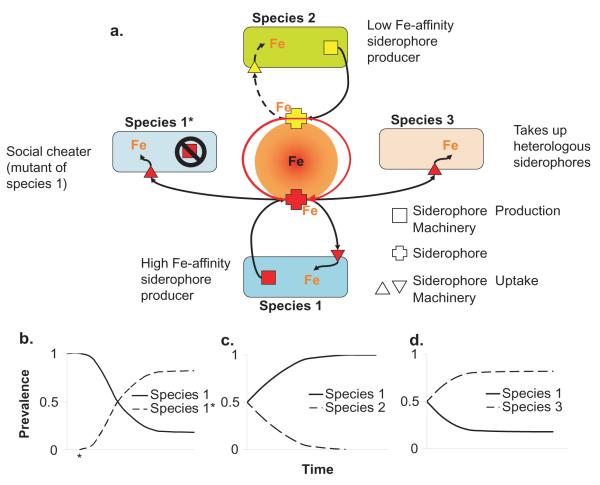Figure 3. Simplified models of siderophore mediated bacterial competition.
a | Three competitive scenarios in iron limiting conditions where the utilization of a siderophore is necessary for iron acquisition. Species 1* represents a cheater of Species 1 that has lost the ability to produce siderophores but maintains the ability to utilize siderophores produced by cooperating individuals. Species 1 produces a higher affinity siderophore than does Species 2, which allows Species 1 to monopolize the available iron.. Competition between Species 1 and Species 3 is analogous to that between Species 1 and 1*, however, Species 3 has evolved the ability to utilize the heterologously produced siderophore of Species 1 and never had the ability to produce this siderophore. b | The predicted outcome of competition between Species 1 and Species 1* in iron limiting conditions. The * along the x-axis of the graph indicates the mutational event that eliminates the ability of Species 1* to produce the siderophore resulting in the cheating phenotype. c | The predicted outcome of competition between Species 1 and Species 2 , and d | the predicted outcome of competition between Species 1 and 3.

